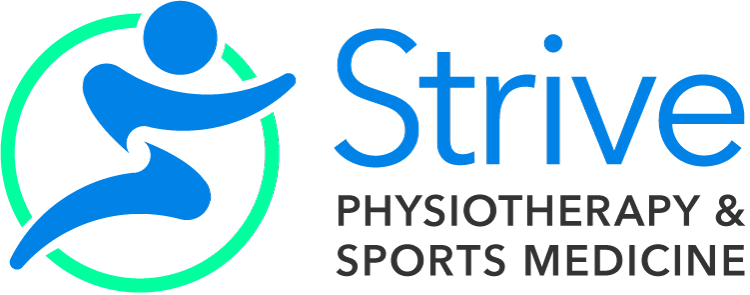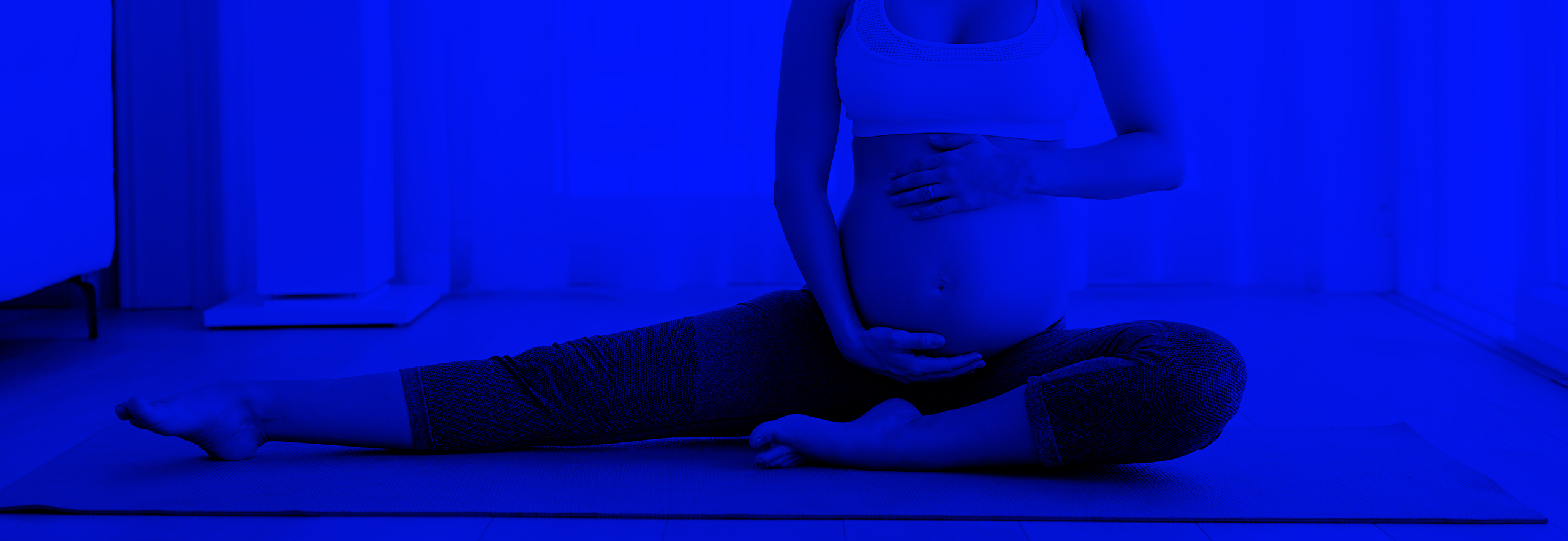What Is Pregnancy And Post-Partum Related Pain And Incontinence?
During pregnancy, labour and delivery and post-partum our bodies go through a number of physical changes. Although these changes are absolutely amazing, they can sometimes also be accompanied by troublesome symptoms and conditions. These can include pelvic girdle pain, bladder or bowel problems, diastasis recti, feeling of heaviness and pressure and joint pain.
What Causes Pregnancy And Post-Partum Related Pain And Incontinence?
There are a number of different reasons why we may experience pain, discomfort or other symptoms during and after pregnancy. A few of these include hormonal changes within your body, postural changes that occur as your baby grows and after delivery, scar tissue that may develop from cesarian sections and episiotomies or tearing, as well as weakened or imbalanced muscles throughout the body.
How Can Physiotherapy Help My Pregnancy And Post-Partum Related Pain And Incontinence?
Pelvic Health Physiotherapy plays a hugely important role in the peri-partum period.
Pregnancy: While pregnant, your body will continue to grow and adapt to the changes that occur over the nine months. This can be accompanied by pain, heaviness in the pelvis or vulva, incontinence and many other symptoms. Learning different strategies and exercises to perform at home, hands on therapy or modalities in the clinic, as well as education on why you are experiencing your symptoms are great ways to help manage throughout this time. Your therapist will also be able to help you prepare for labour and delivery with education and exercises to perform leading up to the big day.
Labour and Delivery: Many Pelvic Health Physiotherapists are also very knowledgeable on the processes that occur during labour and delivery. Your therapist will be able teach you signs of early labour and techniques to manage contractions and pain associated with labour. They will also be able to help you find comfortable positions to delivery your baby in. You do not have to give birth to your baby lying on your back in the lithotomy position. In fact, this is one of the least recommended positions to deliver in for the health of your pelvic floor.
Post-partum: Once your baby has arrived, you likely won’t be following up with your healthcare professional until at least 6 weeks post-partum. There is so much healing and change occurring during these early weeks after your baby is born, regardless of if your baby was born vaginally or via cesarian section. Your therapist will be able to go over healing strategies, exercises, lifting techniques and other strategies that you can begin during this key time. This can be done in the last few sessions you have leading up to your delivery or even after you welcome your baby into the world. In fact, we can even offer virtual appointments to go over important things to be doing at home during that first 6 weeks post-partum.
What Are The Best Exercises To Help Pregnancy And Post-Partum Related Pain And Incontinence?
Everyone will experience PGP differently so it is important to be assessed by a Pelvic Health Physiotherapist to determine the specific reason(s) why you may be experiencing this pain. Your therapist can assess everything from your lumbar spine to your pelvic floor muscles and hips.
Once a thorough assessment has been completed, a treatment plan can be developed specifically for you. This will likely include a combination of education, hands on treatment and an exercise program to be completed at home.
A Dutch Physiotherapist named Cecile Rost has focused much of her career on managing PGP in the pregnant population. She has a series of pelvic symmetry exercises that are very helpful in managing pelvic girdle pain in pregnancy. Her plan focuses on rebalancing the pelvic symmetry, education around how to move with proper body mechanics and addressing faulty postures with improving muscle strength and coordination around the pelvic girdle.
To get you started, check out the following exercise link:
Please keep in mind that these exercises were designed as a place to start to address your symptoms. These exercises should not be performed or continued if they cause or increase your pain in any way. Using these exercises for self-management of your symptoms does not replace the value of being assessed by a Health Professional. If you find you need help, let a Strive Pelvic Health Rehabilitation Physiotherapist help you, book your time today!
What Can I Do To Treat My Pregnancy And Post-Partum Related Pain And Incontinence At Home?
In order to determine the best exercises to suit you and the pain or other symptoms you are experiencing, a thorough assessment is necessary. Once that is completed an individualized plan of care will be laid out, including exercises and activities that you can complete at home to help manage your pregnancy and post-partum related pain and incontinence.

Written in 2020 by
Stephanie Gardonio
BPHE, BSc, MScPT
Pelvic Health Rehabilitation
Stephanie has curated a Physiotherapy tool box that allows her multiple points of view to meet her patients’ needs. She has taken courses in the McKenzie Method for assessing and treating spinal conditions. She has completed mat and reformer Rehabilitative Pilates courses through Stott Pilates, training she uses to create customized exercise programs. Understanding the roll of the pelvic floor in the effective treatment of low back pain, sacroiliac joint dysfunction, bowel and bladder dysfunction and during a women’s journey from pre-natal to post-natal, she has completed Pelvic Health Rehabilitation courses. She is qualified to perform internal assessment and treatment of the pelvic floor.


